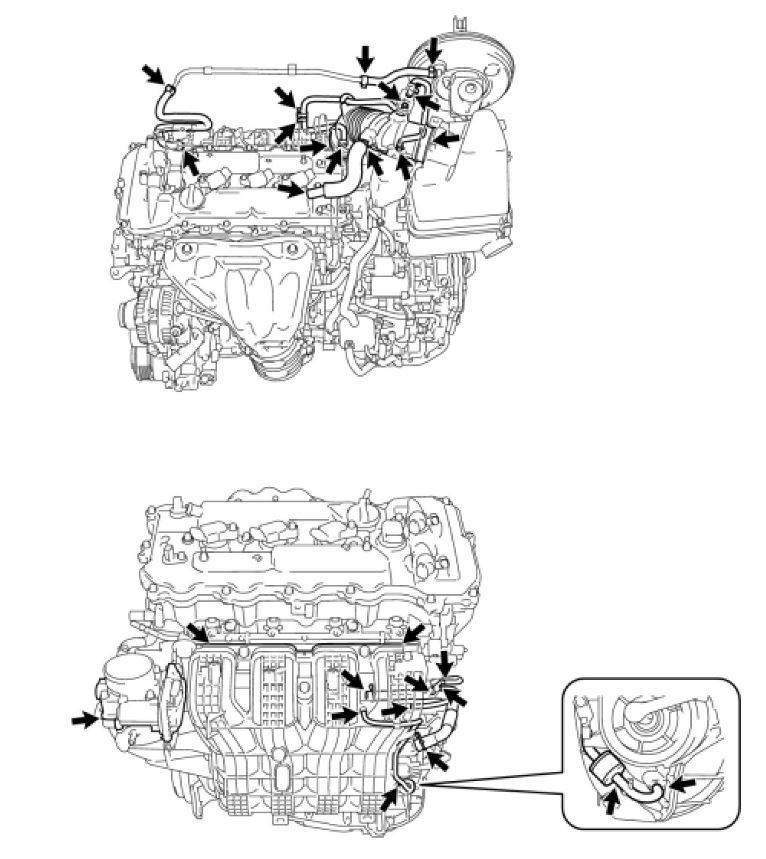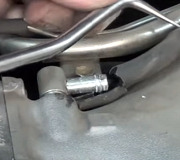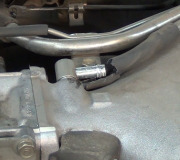Thursday, September 10th, 2020 AT 7:51 AM
Recently bought the vehicle listed above with 70,000 kms on the clock. Did a full service which includes, engine oil and filter change, CVT fluid change, brake fluid change, coolant change, engine tune up and replacement of spark plugs. After this was done I noticed that the engine revs hang around 1,500 rpm's when slowing down or braking at slow moving traffic speeds. If I accelerate again there is a slight jerk and the engine suddenly revs up to 2,000 rpm's. It’s a bit like when you don’t fully release the clutch when driving a manual vehicle and the engine revs up when shifting through low gears. A bit worried as the car was fine when I bought it. Transmission oil was last changed in 2015. What should I get checked?



